IS17 - Computational Methods for Deep Sea Mining or Sampling Applications
Urbanization, the shift from fossil fuels to electricity in heating and transportation, and the rise of digitalization are driving up the need for important raw materials such as copper, cobalt, rare earth metals, and trace metals. For example, industries like power grid expansion, electric engines, wind turbines, and solid-state batteries heavily rely on copper. The demand for copper in these sectors is projected to more than double by 2035.
In the deep-sea with depths of around 1000-4000 m, major deposits of rare mineral in the form of massive sulphides are found locally limited primarily to tectonic zones and fault lines. This boosts the development of new sampling or mining approaches to increase copper ore supply for example. On the other hand, deep sea ecosystems are fragile and mining operations have to induce the lowest possible footprint which requires special care during the development process.

